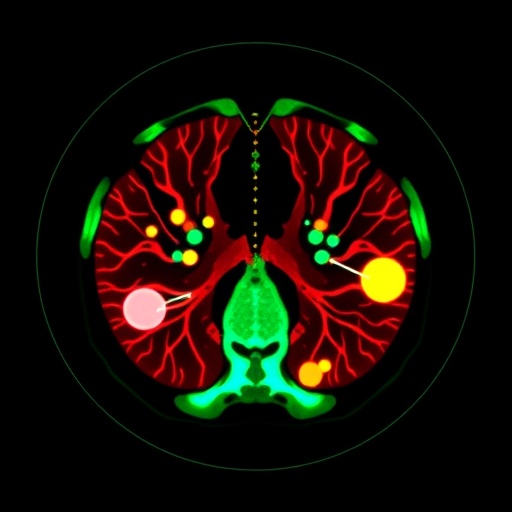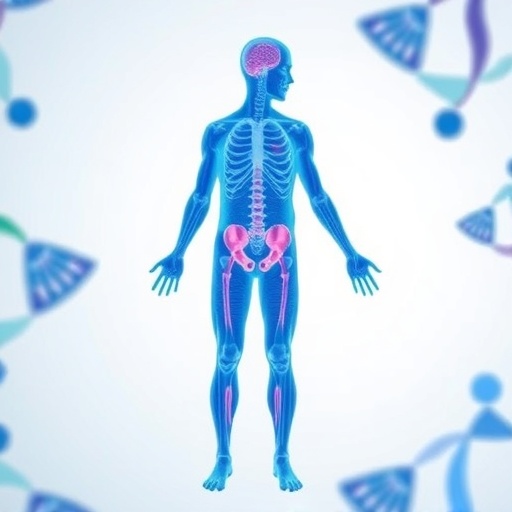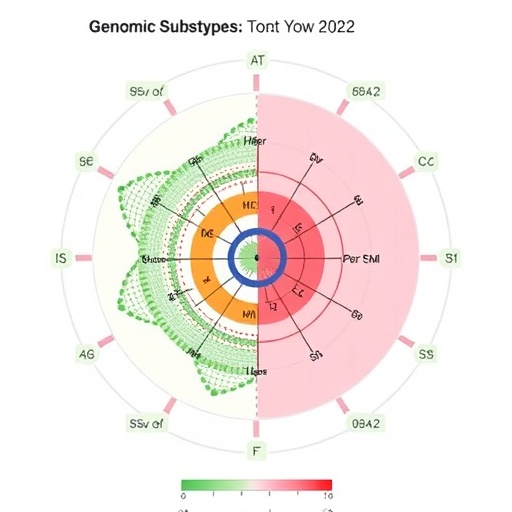
In a groundbreaking advancement for breast cancer radiotherapy, researchers have demonstrated the enhanced precision of in vivo dose validation through the integration of electronic portal imaging devices (EPIDs) combined with fan-beam CT (FBCT) guidance. This innovative approach addresses a critical challenge in post-breast-conserving radiotherapy for early-stage breast cancer — the accurate delivery and real-time verification of radiation doses to targeted tissues while minimizing exposure to surrounding organs at risk.
Radiotherapy remains a cornerstone treatment modality for early-stage breast cancer, particularly following breast-conserving surgery. However, one of the persistent issues radiologists face is ensuring that the planned radiation dose corresponds exactly to the dose delivered throughout the treatment course. Traditional dosimetric verification methods often lack the capability to capture subtle inter- and intra-fractional variations that can accumulate and impact therapeutic outcomes. The integration of EPID with advanced imaging modalities like fan-beam CT marks a significant leap forward in overcoming these limitations.
The study underpinning this breakthrough engaged twenty-six patients diagnosed with early-stage breast cancer undergoing post-breast-conserving radiotherapy. By employing image-guided radiation therapy (IGRT) techniques alongside EPID dose validation, the researchers could dynamically assess dose delivery amid anatomical and positional shifts. The pivotal advantage lies in combining the high-resolution anatomical detail of FBCT with the real-time dosimetric feedback from EPID, enabling more adaptive and precise treatment control.
Quantitative evaluation of treatment adherence hinged upon gamma pass rates (2D γ-pass rate), specifically analyzing 3%/3 mm and 5%/3 mm criteria. These metrics are standard in dosimetry to compare measured doses with planned doses, with higher pass rates signaling better conformity. Findings revealed the IGRT group consistently achieved significantly higher gamma pass rates than their non-IGRT counterparts, signifying improved agreement between planned and delivered dose distributions. Notably, the subset receiving combined fan-beam CT guidance outperformed the IGRT-only group, underscoring the critical role of precise imaging in dose validation.
Target volume dosimetric parameters, including primary gross tumor volume (PGTV) D95 and D2, as well as planning target volume (PTV) D95 and D90, further elucidated the impact of this integrated approach. These parameters represent key dose-volume statistics that reflect the completeness and uniformity of tumor irradiation. In patients with left-sided breast cancer, significant statistical variations were detected in heart-related metrics such as mean dose (Dmean) and volume receiving 5 Gy (V5), together with lung V5. These findings highlight how inter-fractional anatomical shifts influence not only tumor coverage but also critical organ doses, reaffirming the necessity of image-guided dose adaptation.
Intriguingly, intra-fractional variations — those occurring within a single treatment session — also manifested significant effects on dosimetric outcomes. With the exception of the cardiac mean dose in some cases, the shifts observed during treatment deliver real-time challenges to dose accuracy, emphasizing the importance of real-time or near-real-time validation tools like EPID. By integrating the continuous dose monitoring capability of EPID with FBCT’s anatomical insights, clinicians gain a powerful, dual-perspective tool to detect and correct deviations promptly.
Right breast cancer patients echoed similar patterns, as all dose distribution parameters studied exhibited statistically significant sensitivity to inter- and intra-fractional differences. Such consistency across laterality underscores the robustness of the combined EPID and FBCT methodology regardless of tumor location. The approach effectively mitigates uncertainties arising from patient motion, organ deformation, and setup variability — factors that historically compromised treatment precision.
This technology also bears potential to refine radiotherapy margins, possibly reducing the extent of healthy tissue irradiation without sacrificing tumor coverage. Traditionally, generous margins are added to compensate for movement and positioning errors, inadvertently increasing risk to adjacent critical structures. The use of real-time in vivo dose validation may enable a shift toward individualized, margin-adaptive treatment planning, advancing both efficacy and safety.
Moreover, the study’s retrospective analysis method provides a strong model for future clinical validation studies. By evaluating treatment data post hoc while leveraging detailed imaging and dosimetric information, researchers can enhance understanding of dose delivery dynamics and guide the development of more refined radiotherapy protocols. This retrospective integration of EPID and FBCT data provides compelling evidence supporting a routine clinical role for these technologies.
The implications extend beyond breast cancer alone; the combined EPID and FBCT dose validation paradigm could be adapted to various radiotherapy domains where precise dose delivery is critical. Cancers with complex geometries, mobile target volumes, or proximity to sensitive organs stand to benefit from such advancements. The continual improvements in imaging speed, dose calculation algorithms, and real-time data processing further enable the operationalization of these systems in busy clinical workflows.
Looking ahead, one remarkable avenue is the advancement of adaptive radiotherapy strategies powered by integrated dose validation. Feedback generated during each session may inform immediate plan adjustments, dynamically mitigating deviations. Real-time data assimilation is poised to usher an era where radiotherapy evolves from a static plan-based treatment to a continuously optimized process tailored to evolving patient anatomy and tumor response.
In sum, the study validates a transformative combination of EPID and fan-beam CT guidance as a robust, accurate, and clinically feasible means of in vivo dose validation in post-breast-conserving radiotherapy for early-stage breast cancer. This approach represents an important step toward more personalized, safe, and effective radiation treatments. As radiotherapy precision advances, patient outcomes should correspondingly improve, reducing the incidence of adverse effects and enhancing local tumor control.
The intersection of dosimetry, imaging science, and radiation oncology embodied in this research paves a new path forward for cancer therapy delivery. With growing adoption, this methodology is likely to become a benchmark standard, guiding future innovations in treatment monitoring and verification.
For patients and clinicians alike, the ability to verify delivered dose with high fidelity in real time constitutes a significant reassurance and a foundation for therapeutic confidence. Further multi-center trials and technological refinements will continue to refine this promising frontier in oncologic care.
Subject of Research: Validation of in vivo radiation dose delivery during post-breast-conserving radiotherapy in early-stage breast cancer using EPID combined with fan-beam CT image guidance.
Article Title: Validation of in vivo dose using EPID combined with fan-beam CT guidance in post-breast-conserving radiotherapy for early-stage breast cancer.
Article References:
Zhu, W., Fang, J., Zhang, Y. et al. Validation of in vivo dose using EPID combined with fan-beam CT guidance in post-breast-conserving radiotherapy for early-stage breast cancer. BMC Cancer 25, 667 (2025). https://doi.org/10.1186/s12885-025-13431-6
Image Credits: Scienmag.com
DOI: https://doi.org/10.1186/s12885-025-13431-6
Tags: breast cancer radiotherapydosimetric verification methodsearly-stage breast cancer treatmentelectronic portal imaging devicesfan-beam CT guidanceimage-guided radiation therapyin vivo dose validationinter-fractional variationsintra-fractional variationsminimizing exposure to organs at riskpost-breast-conserving surgeryradiation dose accuracy





